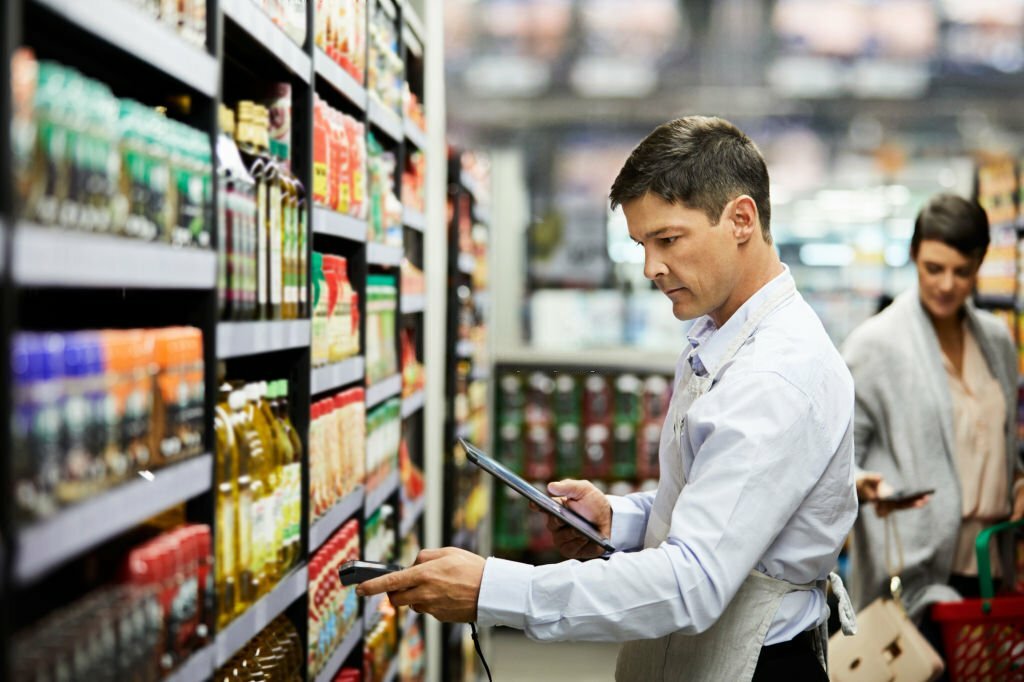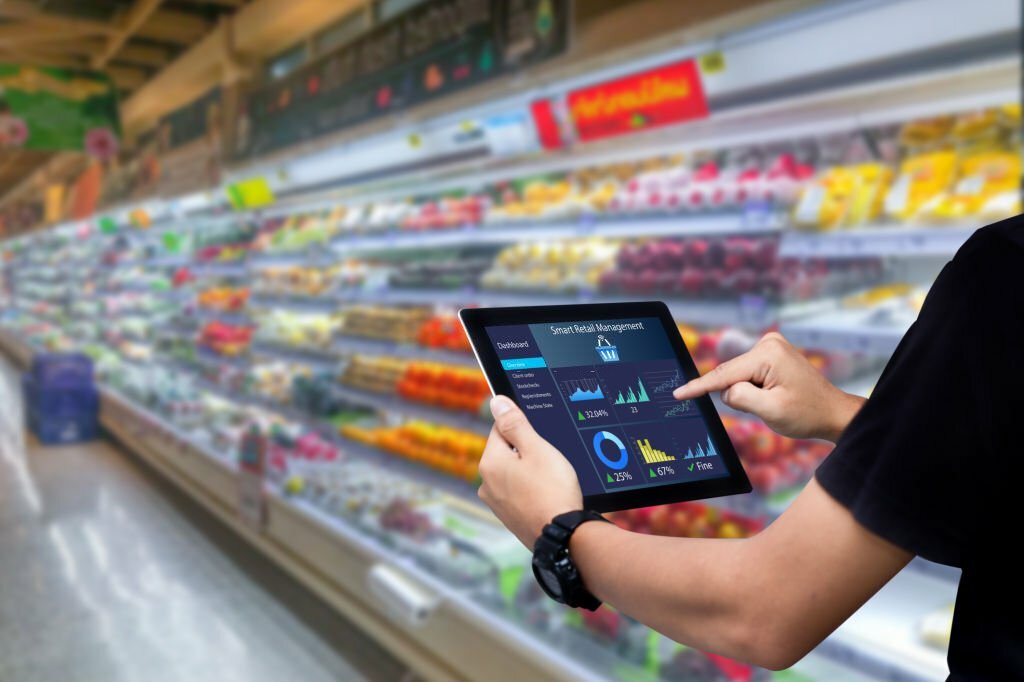The growth of image recognition technology has been substantial in the last few years, and it continues to evolve rapidly, driven by advancements in artificial intelligence, computer vision, and increased applications across various industries. Image Recognition technology will reach over 125 Billion by 2032, at 16.5% CAGR from 2023 to 2032, and is extremely helpful for medical, consumer goods, and many other industries.
Within CPG, Image recognition can help monitor product shelves in real-time. Retailers can leverage this technology to ensure proper product placement, identify out-of-stock items, and optimize shelf space based on consumer preferences.
Image recognition can also aid in automating inventory management processes. Retailers can deploy cameras and image recognition algorithms to track inventory levels accurately, reducing the need for manual stock checks. Image recognition can integrate with augmented reality (AR) displays within retail spaces.
Determinants of Growth for Image Recognition
The growth of image recognition is influenced by several determinants, reflecting the technology’s increasing relevance and adoption across various sectors.
1. Advancements in AI/ML: Continuous improvements in AI, particularly in machine learning and deep learning algorithms, drive the accuracy and capabilities of image recognition. Enhanced AI models enable more sophisticated and nuanced image analysis, fostering broader adoption.2. IoT (Internet of Things): The proliferation of IoT devices equipped with cameras and sensors increases the volume of visual data generated. Image recognition with IoT enhances the capabilities of these devices, leading to new applications and opportunities.
3. Integration: The synergy between image recognition and other emerging technologies, such as augmented reality (AR), virtual reality (VR), and blockchain, contributes to its growth.

4. Impact on Efficiency: Despite its affordability, manual labor has drawbacks, such as inaccuracy, inefficiency, and underutilization. Businesses actively seek technology to improve workforce productivity, aiming to enhance precision.
Technological Advancements in Image Recognition for 2024
As a rapidly evolving industry, here are some trends you must consider while switching to Image Recognition platforms in 2024.

Edge Computing Processing data around the edges of products on the images is highly recommended for the automated identification and analysis of products through image recognition. It reduces the latency of solutions, which helps improve the accuracy of results in real-time image processing. Object Detection As merchandisers visit retail stores, they will capture images of the aisles. These isles have numerous products from different brands in all shapes and sizes. The solution aims to identify products that belong to the parent brand, measure their share of the shelf, check planogram compliances, and ensure stock availability on the aisles as defined by the company. All of this can come from a single image of the shelf, making these solutions a favorite of the merchandisers.
Recommendation Engine The future of image recognition is heading towards generating recommendations based on the image captured by the merchandiser. These recommendations will range from asking merchandisers to rearrange aisles for an improved share of shelves to enhancing planogram compliance by shifting different products across the aisles. It can even recommend a better planogram design based on the sales data and product positioning.
Focus Touch-points Human attention is related to the buying patterns of humans. AI can leverage sensors to help detect the motion in the human eye to identify parameters on a product packaging or isles that attract the eyes of the buyer. By identifying these attractions, companies can replicate similar packaging to boost sales and improve buying patterns. You only looked once (YOLO) is a model that has been helping to demonstrate superior performance.
Convolutional Neural Networks (CNN) CNNs are a part of the deep learning techniques that are integral in improving the accuracy of the images and AI-generated recommendations. Continuous Learning and training can improve the system’s efficiency without missing out on previous learnings.
Multimodal Learning Learning from different sources can help systems to adapt to changing environmental conditions. Systems will become more efficient and can auto-correct issues and rectify parameters like lighting before image processing.
Video Recognition The latest advancement allows videos to measure shelf quantities, identify planogram gaps, and check stocks. Images and stitching images no longer limit us from seamlessly capturing the entire aisle.
—-
Picking and choosing a solution with the above-mentioned technological advancements can help simplify the process for field visit executives.
Book a demo with Ivy Mobility to understand how effectively we can help you achieve over 97% accuracy through image recognition to help improve your retail execution.